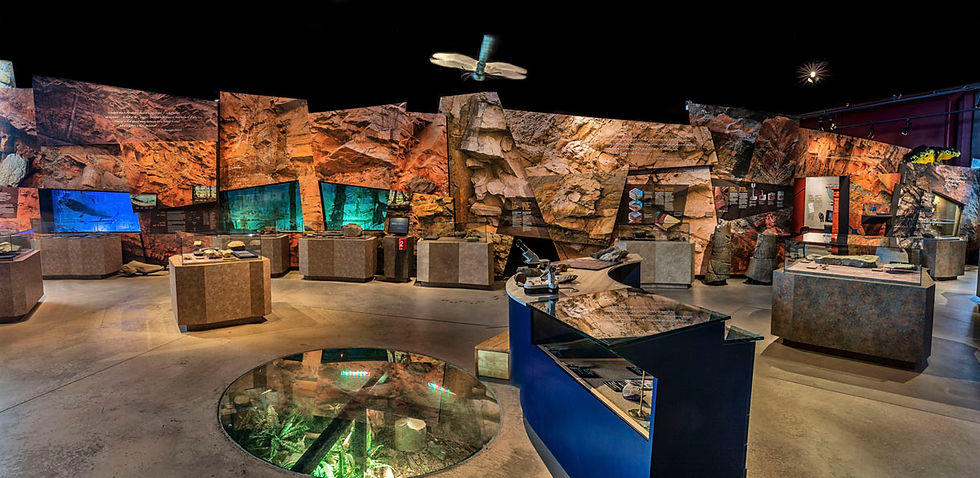Museum Curator: Melissa Grey
- Dr. Melissa Grey, Nova Scotia
- Jun 29, 2017
- 2 min read

Education: PhD, Geological Sciences; MSc, Zoology; BScH, Biology
Current Position: Curator of Palaeontology/Director of Science, Joggins Fossil Institute
Past position(s): Research Assistant, Project Seahorse; Research Assistant, Geological Survey of Canada
I work at the Joggins Fossil Institute, a not-for-profit charity that manages the Joggins Fossil Cliffs UNESCO World Heritage Site. As Curator, I am primarily responsible for the ever-growing fossil collection, conducting and facilitating research, and planning for new exhibits in the museum. I also share the new insights from research with the public and scientific community. It’s a dynamic job where every day is different!

Why did you choose a career in earth science?
My primary background is in biology and I was particularly interested in how fossils can contribute to our knowledge of evolutionary processes.
What is something early-career geoscientists can do to make themselves more likely to get a job?
My advice is to get as much relevant and broad experience as possible – one of my first jobs after my Master’s degree was at the Vancouver Aquarium as an Interpreter (guide). This was incredibly valuable experience bacause it helped me to gain skills in public communication – something that all scientists need to be proficient at!
What do you wish the public knew about earth science?
As a paleontologist, I would love people to understand that paleontology is not just about dinosaurs! There are so many interesting and relevant fossils out there and dinosaurs are just one small piece of a very large and interesting puzzle. Clams and snails (my particular specialty) are by far more numerous and well preserved! It’s also critical to understand that discovering fossils is just the tip of the iceberg - a paleontologist’s job is not only to find and name fossils but to understand how they lived and interacted with their environment (paleoecology) and how they evolved. This means that we generally need a lot more information that just one fossil can tell give us.

Above: an exhibit at the Joggins Fossil Institute.
Views expressed in blog posts reflect those of the author, and not necessarily those of the CFES.
